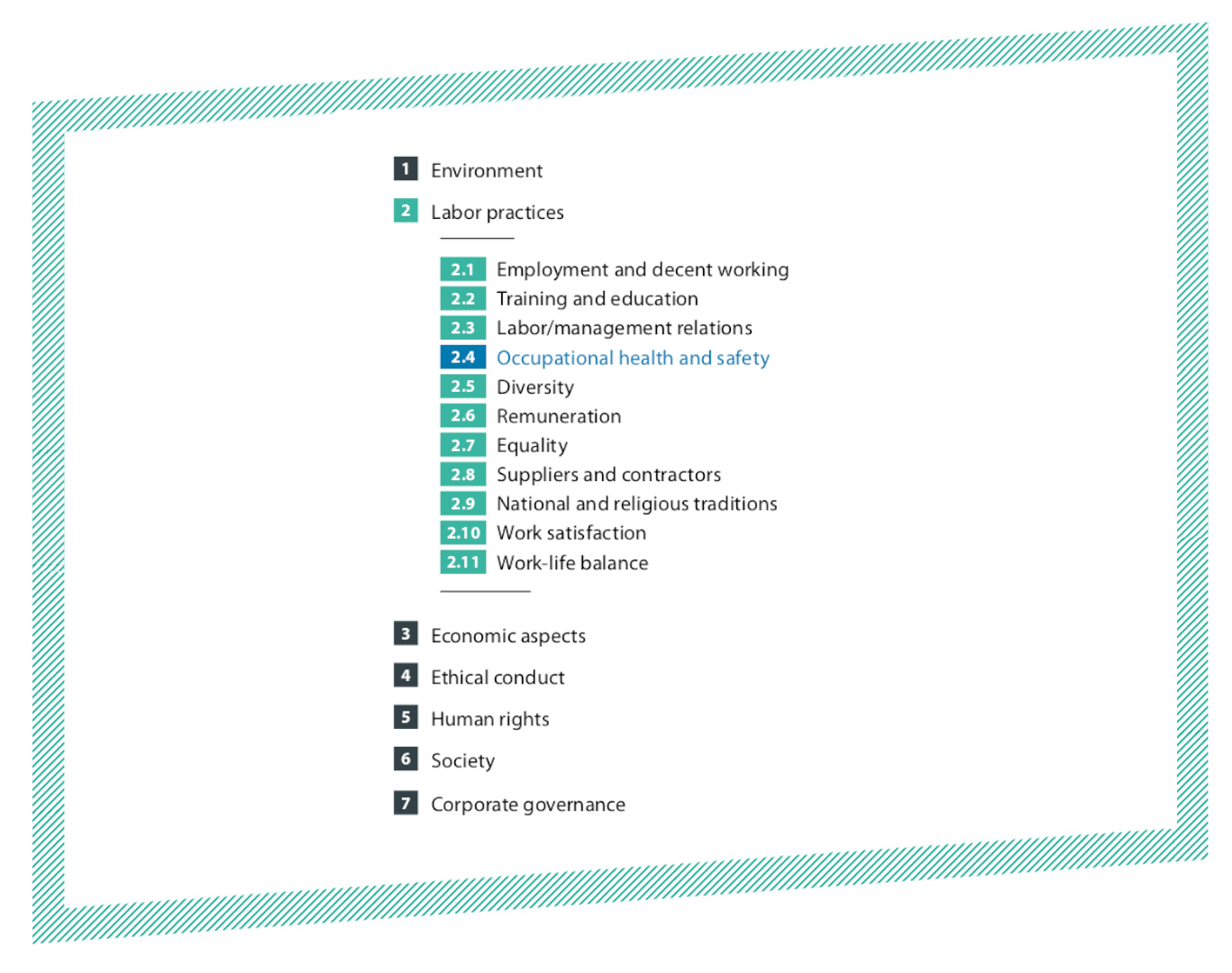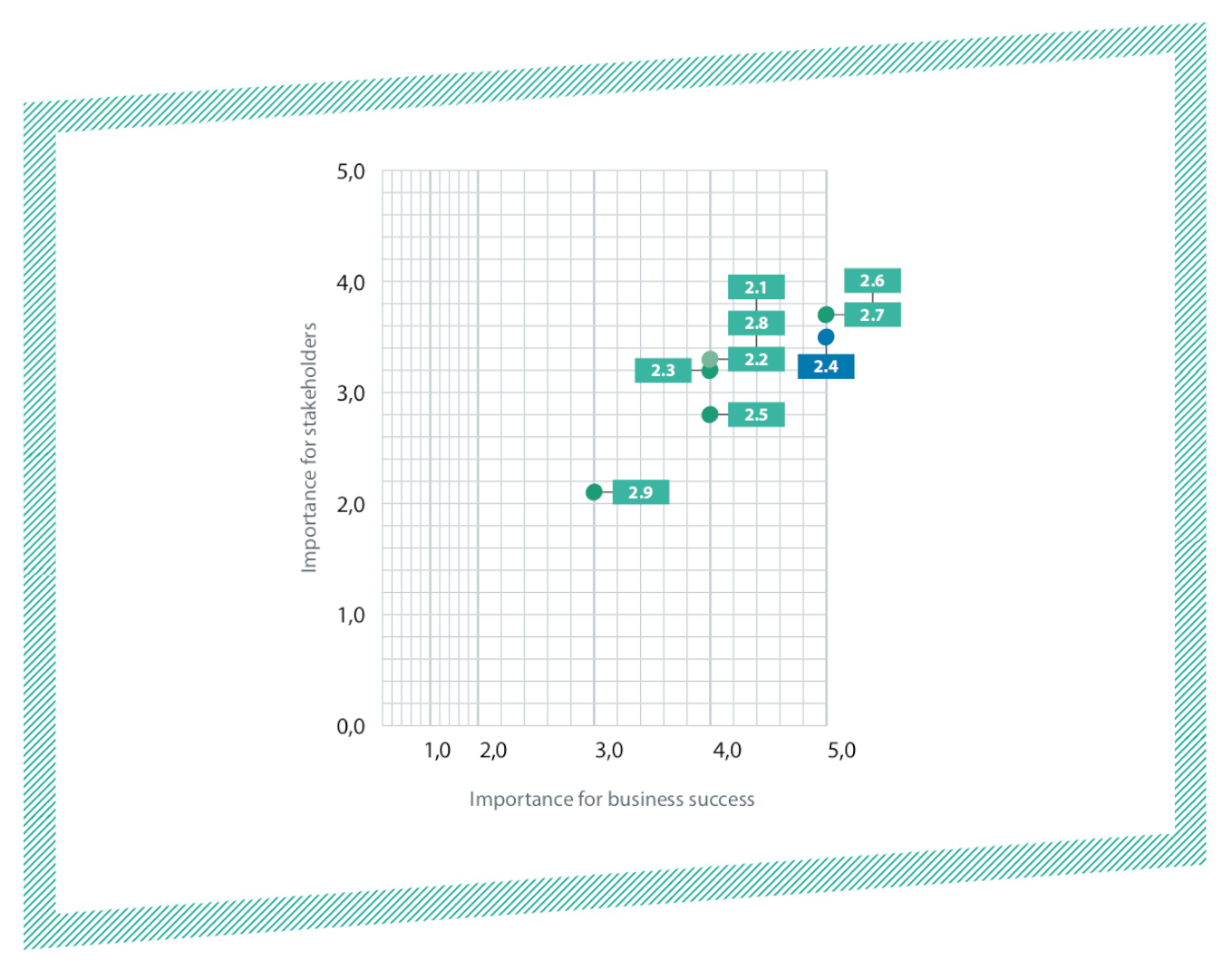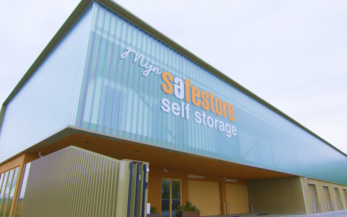3 minutes
written by Helena Ranängen
Interpreting and prioritizing which sustainability goals to implement and act on can be a major challenge for companies, especially when taking the needs of local stakeholders into account. One way of facing this challenge is to conduct a materiality assessment (also known as materiality analysis). In a materiality assessment, each aspect, e.g., occupational health and safety, is assessed in terms of "importance for stakeholders" and "importance for business success".
Together with my colleagues, I explore how companies address sustainable development and which sustainability aspects they prioritize. So far, there is no standardized framework for materiality analyses. However, various methods for evaluating the significance of sustainability aspects have been published. To give you a good basis for developing or optimizing your own method, I will explain the relevant steps of our work using a company from the Nordic mining industry as an example, focusing specifically on their assessment of occupational health and safety.








